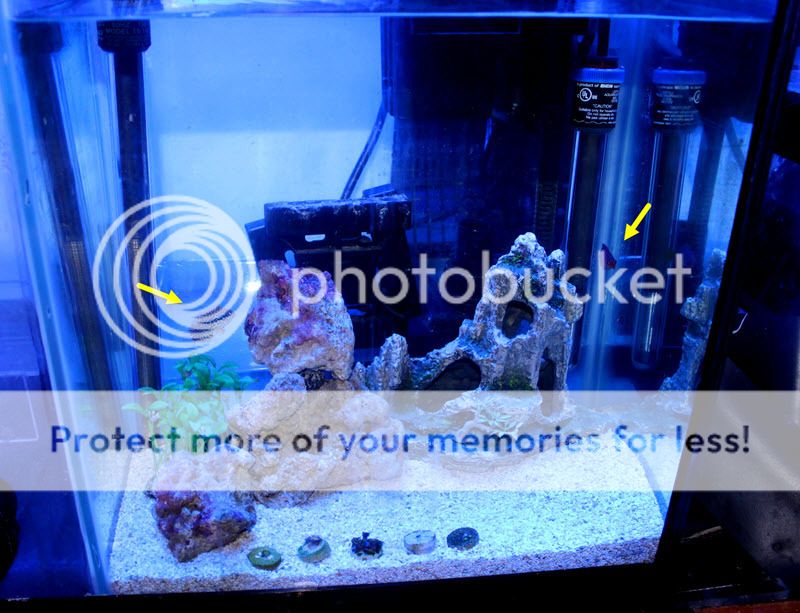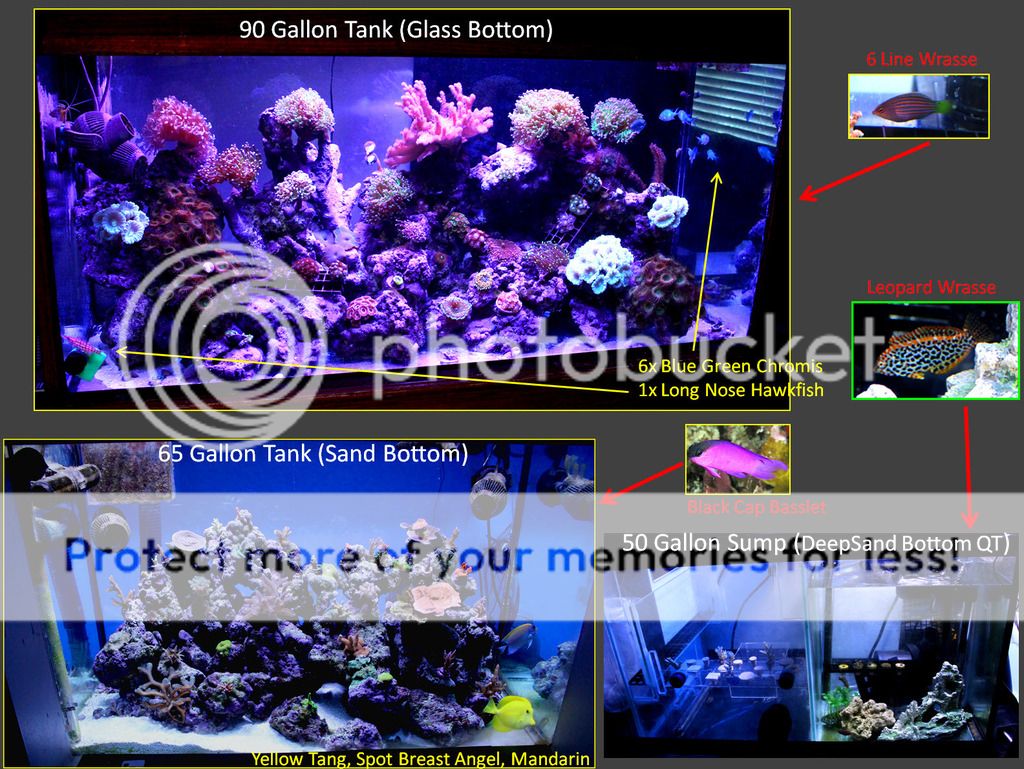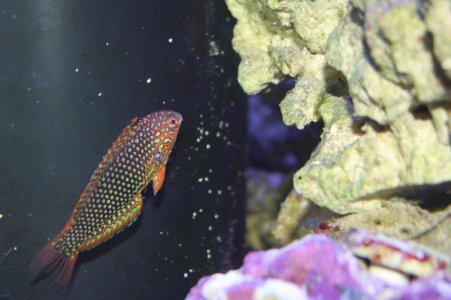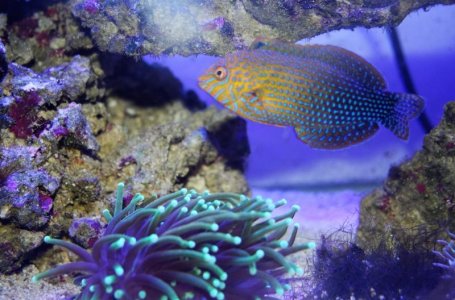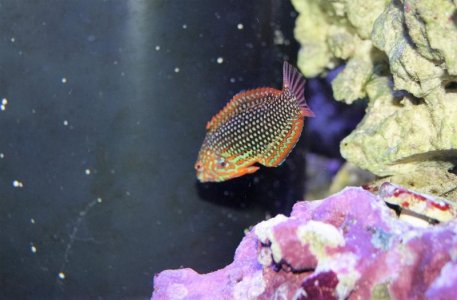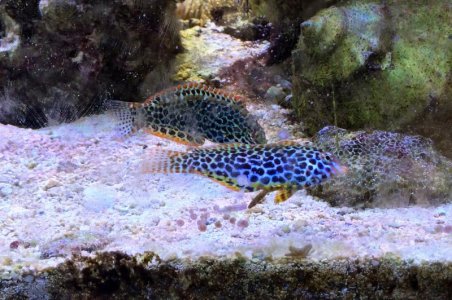davidgnome
New member
So looking for a bit of direction from those that have kept these fish. I have from liveaquaria, 1 bipartitus, 2 meleagris. I have had these girls for 5 days, upon introduction they all buried in the sand, but came out later that night. Initially they all pecked at the rocks for pods but did not take any of my feeding. Well here is the questions. I have a few other fish in the tank as well, and some sps and zoanthids, snails, crabs, sexy shrimp. Can I and should I treat the tank with prazipro? I seem to get mixed reviews on if this is a good idea to do in an established tank as some have said it caused algae outbreaks, po4 rises, and really messed with their tank. Is this true? Should I use the bottle recommendations? Second question, both of the meleagris come out at about noon when all lights are on, one of them is eating freeze dried brine, and freeze dried blood worms, frozen foods too. The other is not that I can tell interested at all, but does keep pecking rocks. The bipartitus has only come out now if I turn lights on at 1 am and he is eating as well. Should I continue to turn lights on for a few hours to feed her or discontinue? With them being on opposite schedules is it possible to end up with two males since they are not technically seeing each other? Thanks for any help.



